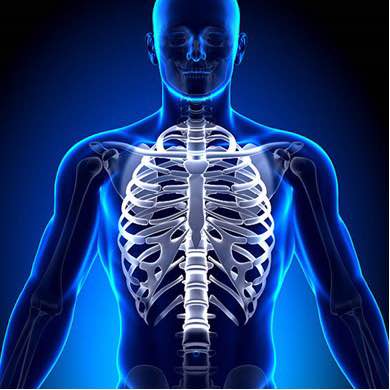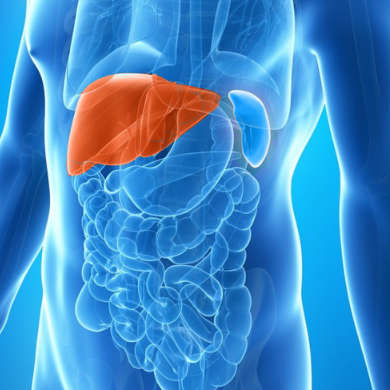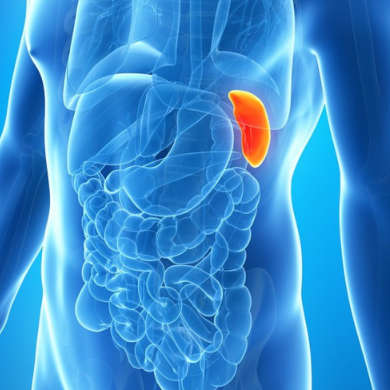Introduction
Auckland City Hospital (ACH) is the regional tertiary referral hospital for the care of the severely injured adults.
ACH receives patients with a wide range of injuries, both directly from the scene and following transfer from other hospitals. ACH provides definitive care for these injuries.
Delays to definitive care increase morbidity and mortality.
ACH has a Trauma Team system which provides immediate skilled emergency care for trauma patients in the Department of Emergency Medicine and facilitates early progress to de nitive care. These guidelines describe the approach to major trauma patients.
Read and know them before you take on a role within the trauma team.
These guidelines have been developed following extensive consultation and review. They are endorsed by the Auckland City Hospital Trauma Service in collaboration with other services.
The treatment of severe trauma is ‘time critical’. Timely and appropriate intervention reduces preventable levels of mortality, complications and lifelong disability amongst people who sustain a major trauma.
The initial assessment of a trauma patient is a team process. Most patients with major trauma require the input of a number of different specialty groups. Often this does not extend outside the trauma team however the input of orthopaedic, neurosurgical, maxillofacial or plastic surgical teams may be required. Notify specialists early about severely injured patients
Multiple major trauma patients at the same time are common and can place considerable stress on the system. This can lead to situations where patients who have severe but not immediately obvious injures are overlooked. When this situation arises assistance should be summoned early.
The intent of these guidelines is to provide clear consistent guidelines around the process of care and treatment for trauma patients. It is expected these guidelines will be followed by all staff. Variation from these guidelines are made only after careful consideration.
These guidelines are in four parts.
- Part one explains the trauma call process.
- Part two outlines they standard approach for treatment of injuries
- Part three has the algorithms for treatment of common injuries
- Part four is the Northern Regional Trauma Network Transfer Guidelines that indicate which patients should stay at Auckland City Hospital, and which should be transferred to Middlemore. They also identify specific conditions which indicate transfer into Auckland from regional referral centres.
Part1: Trauma calls
A mandatory trauma call will be made when there is one or more of:
The emergency department is notified of the imminent arrival of an unstable patient (Status 1 or 2, see appendix for ambulance condition status codes).
- Respiratory rate < 10 or > 29
- Systolic blood pressure < 90 mmHg for patients under 55 OR <110 mmHg for patients over 55
- Heart Rate > 120 bpm
- Glasgow Coma Scale < 13
These physiological parameters may be met in the ambu- lance, noted at triage or deteriorated to in the emergency department.
- Penetrating injury to the head, neck or torso
- Flail chest
- Complex pelvic injury
- Two or more proximal long bone fractures
- Traumatic amputation proximal to knee or elbow
- Major crush injury
- Penetrating trauma to a limb with arterial injury
- Crushed, mangled, amputated or pulseless limb
- Paraplegia or quadriplegia
- Major burns
A discretionary trauma call can be made by the Emergency Medicine registrar or consultant. This may be made for mech- anism, physiology, co-morbidities or a combination of these.
These might include:
- Fall > 3 metres
- Entrapment > 30 minute
- Cyclist or motorcyclist versus car
- Beta-blockers
- Pedestrian versus car or train
- Relative hypotension
- Ejection from a vehicle
- Anti coagulation
- Fatality in the vehicle
- Elderly patient with moderate trauma
A trauma call ends with acceptance to a hospital service (DCCM, a surgical service or the Emergency Department) with a clear plan for definitive care.
A Code Crimson call is made either by HEMS or once the patient is in ED and assessed as potentially requiring surgical or interventional radiology to control haemorrhage post trauma.
Assessment is based on the four parameters of the Assessment of Blood Consumption score (ABC):
- Penetrating mechanism of injury
- Systolic Blood pressure of 90mmHg or less
- Pulse of 120/ min or more
- Positive trauma E-FAST ultrasound scan
You score one point for each parameter met. If the patient scores ≥ 2 points they meet the criteria for Code Crimson activation.
Code Crimson activation will be sent via Switch to all the personnel on the standard Trauma Call activation as well as the following personnel:
- Surgical Consultant on call
- Emergency Department Consultant if they are not in the ED
- Level 8 Anesthetist
- Level 8 Nursing coordinator
- Radiology registrar who will contact the on call Interventional Radiologist
- Blood bank
The aim of the Code Crimson activation is to get all the surgical decision makers and facilitators in the resuscitation room to facilitate rapid access to theatre or interventional radiology 24 hours a day, 7 days a week.
Full Code Crimson Guidelines PDF. See Part 3 for the Code Crimson algorithm.
The trauma call may be initiated at any time: from the receiving of an RT call to definitive care as may otherwise have been arranged. The trauma call and response is designed to decrease time to de nitive care, when there is the potential for delays to worsen outcomes.
The nurse co-ordinator dials 777 and requests a trauma call to the adult ED in xx number of minutes. The trauma team will not be activated by any other mechanism. There are no partial calls.
The telephone operator initiates the trauma team group page and then will log the call from the Emergency Department.
It is the responsibility of all members of the trauma team to respond immediately to the call. Delegate to an individual of equal or greater seniority when attendance is not possible. It is the on-call general surgical registrar’s responsibility to ensure a representative from one of the surgical services attends every trauma call. If unavailable, the general surgical registrar should first nominate the orthopaedic registrar, next the neurosurgical registrar, next the urology registrar. At night, when neurosurgical and urology registrars are not in the hospital, call the paediatric surgical registrar.
The principles of the EMST course form the basis of these guidelines. Adaptations to the local ‘environment’ are included.
Trauma Calls:
| Role | Staff | Primary Responsibility | Secondary Responsibility |
|---|---|---|---|
| Team Leader | |
|
|
| Doctor Airway | |
|
|
| Doctor 2 – Assessment | |
|
|
| Doctor 3 – Procedures | |
|
|
| Support | |
|
|
| Nurse Team Leader | |
|
|
| Nurse 1 – Airway | |
|
|
| Nurse Monitoring/Medications* | |
|
|
| Nurse 3 – Procedures* | |
*Nursing depends on what needs done. If ABC is ok, 2 nurses turns to 1. If an RSI and a chest drain is needed, nursing may become 4. At the discretion of nurse lead. Nurse 2 and 3’s roles can be amalgamated or shared.
Crimson Calls: Additional Roles and Responsibilities
| Role | Staff | Primary (or additional) Responsibilities | Secondary Responsibilities |
|---|---|---|---|
| Team Leader | |
|
|
| Doctor 1 – Airway | |
|
|
| Doctor 2 – Assessment | |
|
|
| SDM** – Surgery | |
|
|
| SDM** – L8 Anaesthetics | |
|
|
| Nurse Lead | |
|
|
| Nurse 1 – Airway | |
|
|
| Rapid Transfusion Team | |
|
|
| ED Orderly | |
|
|
| Site Managers | |
|
|
| Notified but not present immediately | |
**SDM = Senior Decision Maker
Some Etiquette and Expectations:
Team members are expected to:- Introduce themselves to the team leader including their name, role and any restrictions if applicable
- Don Full PPE (gown, gloves, eyewear) with identifying stickers with name written on it
- If not directly involved with the patient care, to stand behind the red line to avoid over-crowding
- Feel empowered to speak up and communicate any findings/concerns/suggestions
The primary survey is achieved through parallel tasking. Knowing your role makes this possible.
This assessment is a complete examination of the patient from top to toe, both front and back.
Use the “Major Trauma Form”
Part2: Standard approach for treatment of injuries
These link out directly to the Northern Regional Trauma Network Adult Guidelines




